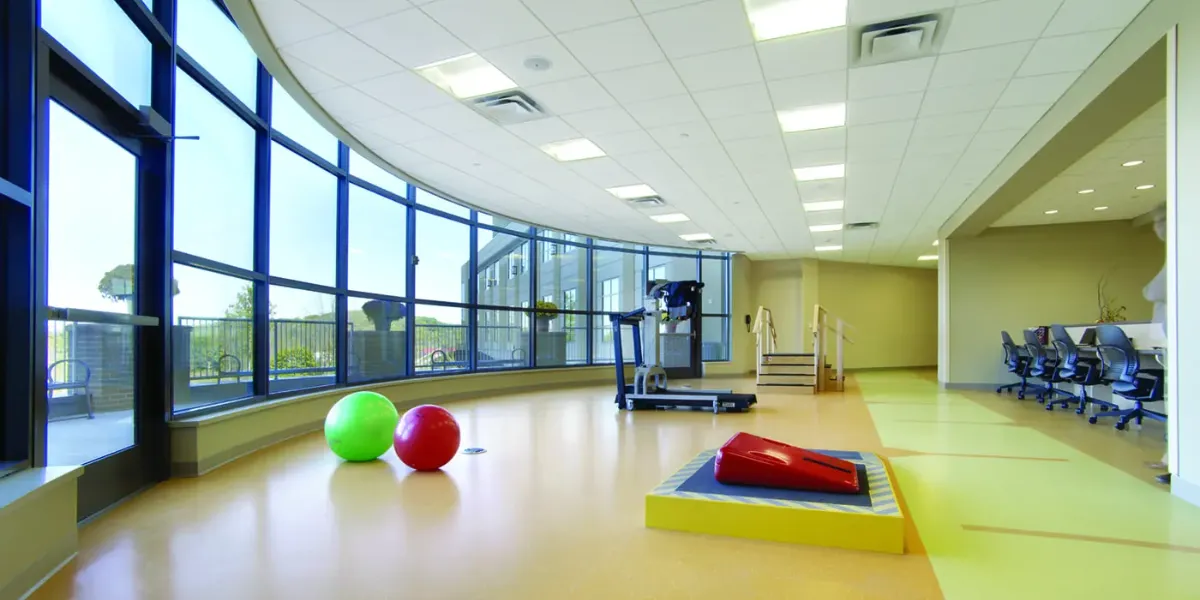Inverted nipples are a common concern for many women who are planning to breastfeed. They occur when the nipple folds inward instead of pointing outward. However, having inverted nipples doesn’t necessarily mean you can’t breastfeed successfully. With some helpful techniques and support, most mothers with inverted nipples can establish a healthy breastfeeding relationship with their babies.
This article will guide you through everything you need to know about breastfeeding with inverted nipples.
Table of Contents
ToggleUnderstanding Inverted Nipples
There are two main types of inverted nipples:
- Shallow inversion: The nipple appears flat or slightly indented but can be drawn out easily.
- Deep inversion: The nipple folds deeply inward and may be difficult to pull out.
The severity of inversion can vary from woman to woman, and it’s important to understand your specific situation. You can check for inverted nipples by gently squeezing the areola (the darker area around the nipple). If the nipple pulls inward, it’s considered inverted.
It’s important to note that inverted nipples don’t affect your ability to produce milk.
Can You Breastfeed with Inverted Nipples?
Absolutely! In most cases, mothers with inverted nipples can breastfeed their babies with no problems. Here’s why:
- Babies are adaptable: Newborns have a strong sucking reflex and can often latch on effectively even if the nipples are slightly inverted.
- Nipples may change during pregnancy: Hormonal changes during pregnancy can sometimes cause inverted nipples to become more everted (protruding outward).
- Techniques can help: Several techniques and tools can assist with latching if your nipples are inverted.
However, if your nipples are deeply inverted, your baby might have difficulty latching on initially. In these cases, seeking help from a lactation consultant can be very beneficial.
Preparing for Breastfeeding with Inverted Nipples
Here are some things you can do before your baby arrives to help prepare for successful breastfeeding:
- Talk to your doctor or midwife: Discuss your concerns about inverted nipples during your prenatal appointments. They can assess the severity and offer guidance.
- Connect with a lactation consultant: A lactation consultant is a specially trained professional who can provide information, support, and techniques to help you breastfeed with inverted nipples.
- Consider nipple exercises: There’s limited evidence on the effectiveness of nipple exercises, but some women find them helpful. These exercises involve gently rolling and stretching the nipple outward for a few minutes several times a day. Be gentle and stop if you experience any pain.
- Explore nipple shields: Nipple shields are thin silicone covers that fit over the nipple and areola. They can create a longer, more protruded surface for your baby to latch onto. However, nipple shields should be used under the guidance of a lactation consultant, as they can sometimes interfere with milk transfer.
Techniques for Breastfeeding with Inverted Nipples
Here are some helpful techniques you can try when breastfeeding with inverted nipples:
- Positioning is key: Ensure your baby is positioned correctly at the breast. Their chin should be resting on your breast, and their mouth should be wide open with a deep latch. A lactation consultant can help you find the most comfortable and effective breastfeeding position for you and your baby.
- Pre-pulling the nipple: Before offering your breast to your baby, gently squeeze the areola between your thumb and forefinger to try and pull the nipple outward.
- Using the “flipple technique”: This technique involves gently pinching the base of the nipple between your thumb and forefinger, then quickly “flipping” it outward just before offering the breast to your baby.
- Expressing a little milk: Expressing a few drops of milk by hand before breastfeeding can help stimulate the nipple to protrude a bit. This expressed milk can then be placed on the nipple and areola to encourage your baby to latch on.
Remember, these are just some general tips. The best approach for you may vary depending on the severity of your inversion and your baby’s latch. Don’t hesitate to seek guidance from a lactation consultant for personalized support.
Tips for Successful Latching
- Be patient: It may take your baby a little longer to latch on if you have inverted nipples. Be patient and persistent.
- Offer both breasts: Offer both breasts during each feeding session. This will ensure your baby gets enough milk and also help stimulate milk production.
- Look for feeding cues: Don’t wait for your baby to become too hungry before offering the breast. Look for early feeding cues like rooting and mouthing.
- Pay attention to comfort: Both you and your baby should be comfortable while breastfeeding. Adjust your position and latch if necessary.

When to Seek Help (continued)
Here are some signs that you might need additional support when breastfeeding with inverted nipples:
- Your baby is having trouble latching on: If your baby consistently struggles to latch or stays on for only short periods, it could be a sign they’re not transferring milk effectively.
- Your baby seems hungry or fussy after feeding: This could indicate they’re not getting enough milk.
- You’re experiencing pain: Breastfeeding shouldn’t be painful. If you’re experiencing nipple pain, cracked nipples, or other discomfort, it could be a sign of an incorrect latch.
- You feel discouraged or frustrated: Breastfeeding can be challenging at times, even for mothers without inverted nipples. Don’t hesitate to seek help if you’re feeling overwhelmed or frustrated.
Here are some resources that can offer support:
- Lactation consultants: Lactation consultants are healthcare professionals with specialized training in breastfeeding. They can assess your latch, provide personalized guidance, and help you overcome any challenges you might be facing.
- La Leche League International: La Leche League is a non-profit organization that offers breastfeeding support groups and resources.
- International Lactation Consultant Association (ILCA): The ILCA website provides a directory of lactation consultants in your area.
- Your doctor or midwife: Your doctor or midwife can provide guidance and support with breastfeeding challenges.
Remember, seeking help is a sign of strength, not weakness. Taking advantage of available resources can ensure a positive breastfeeding experience for both you and your baby.
FAQs: Inverted Nipples and Breastfeeding
What are inverted nipples?
Inverted nipples fold inward instead of pointing outward. They can be shallow (slightly indented) or deep (pulling inward significantly).
Can I breastfeed with inverted nipples?
Absolutely! Most women with inverted nipples can breastfeed successfully. Hormonal changes can cause them to become more everted during pregnancy, and babies are adaptable with a strong sucking reflex. Techniques and support can further aid breastfeeding.
What if my nipples are deeply inverted?
Deep inversion might make latching initially challenging. Seek guidance from a lactation consultant for personalized support and techniques.
Is inverted nipple correction necessary for breastfeeding?
No. Inverted nipple surgery (correction) is not necessary for breastfeeding. It’s a personal decision and should be discussed with a doctor after breastfeeding is established.
What are some breastfeeding tips for inverted nipples?
- Positioning: Ensure a deep latch with your baby’s chin on your breast and mouth wide open.
- Pre-pulling: Gently pull the nipple outward before offering the breast.
- Flipple technique: Pinch the base, then “flip” the nipple outward just before breastfeeding.
- Expressing milk: Express a few drops to stimulate the nipple and encourage latching.
Where can I find breastfeeding support?
- Lactation consultants: Offer personalized guidance and support with latching.
- La Leche League: Provides breastfeeding support groups and resources.
- International Lactation Consultant Association: Helps find lactation consultants in your area.
- Doctor/Midwife: Offers guidance and support with breastfeeding challenges.
Are there other breastfeeding problems with inverted nipples?
- Difficulty latching: Seek help if your baby struggles to latch or stay on for short periods.
- Insufficient milk transfer: Look for signs of hunger or fussiness after feeding.
- Nipple pain: Breastfeeding shouldn’t be painful. Consult a lactation consultant if you experience discomfort.
Additional questions:
- Inverted nipple smell: Nipple discharge is normal during pregnancy and breastfeeding. Consult your doctor if you experience unusual discharge or odor.
- Getting rid of inverted nipples: These exercises have limited evidence but some find them helpful (consult a doctor): gently rolling and stretching the nipple outward for a few minutes daily.
Conclusion
Breastfeeding with inverted nipples can be successful with the right preparation, techniques, and support. While there might be some initial challenges, don’t let inverted nipples discourage you from your breastfeeding journey. By following the tips in this article and seeking help from qualified professionals when needed, you can establish a healthy and satisfying breastfeeding relationship with your baby.














